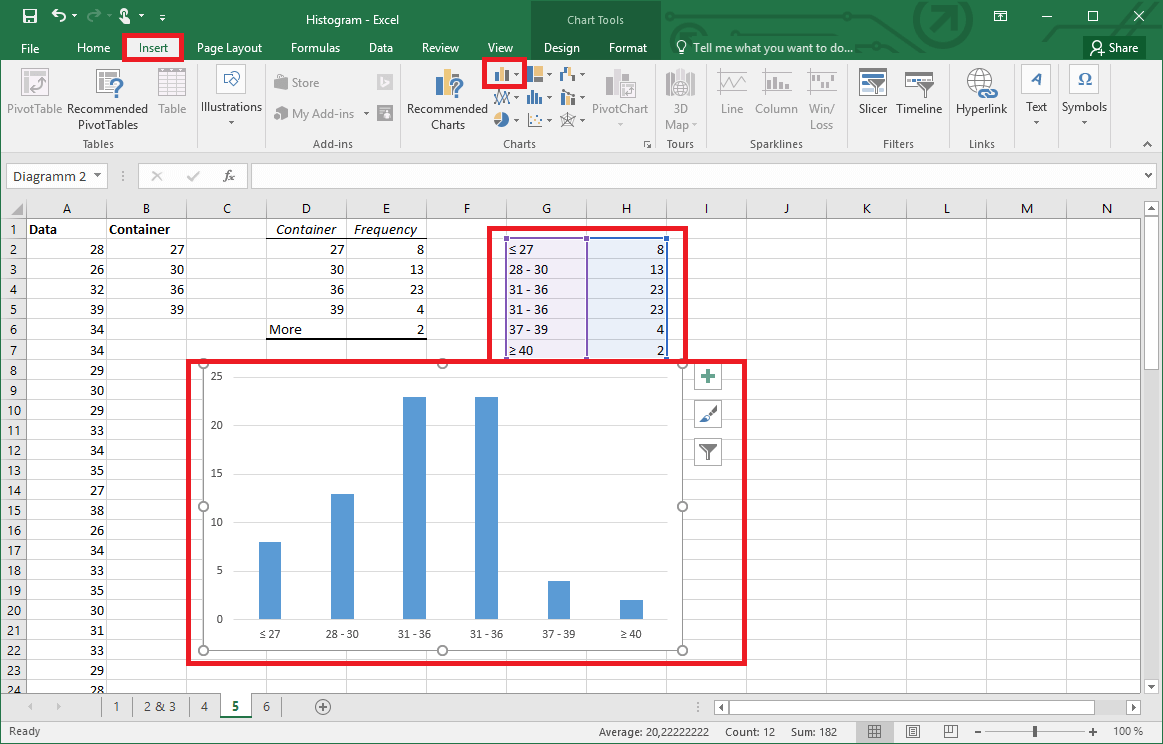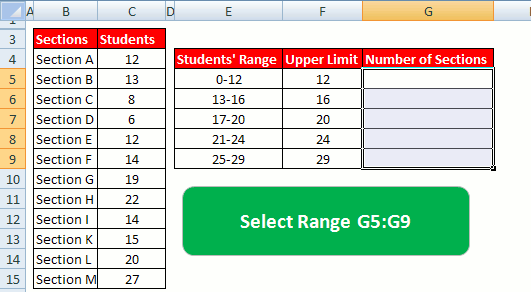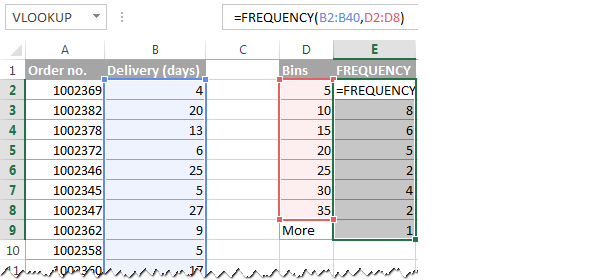

If all the distribution is plotted, like the example 40-yard dash sprint data shown in the figure above, we can describe its shape. We will dive deeper into this concept later in this chapter.įinally, we can describe how the data are distributed. If our standard deviation was 856, then we would know that our data varies quite a bit more since the standard deviation is nearly the same size as the average. If the standard deviation is 39 steps, then we know that our data do not vary too much. For example, we might be tracking steps as a measure of physical activity and the average number of steps taken in our sample was 980.

We can also describe the characteristics of the performance of every subject in our sample by reporting the score that all the other scores are centered around and how much the scores vary around this number. Figure 2.1 A plot of sprint times of 250 athletes Should you report the average of the two trials or just the peak value? The answer likely depends on the specific situation. Consider an example where you are doing some sprint testing and every athlete completes 2 trials. First, assuming multiple trials of a test were completed, we can produce a quantitative summary of the the individual subject’s performance by reporting the average or highest score achieved. Using descriptive statistics to describe our data, we can explain and provide a quick summary of our data. Create and Utilize standardized scores and understand their usefulness.Visualize and Understand normal and non-normal data distributions.Create data visualizations that accurately portray data distributions.Discuss measures of central tendency in data.Quantitative Analysis in Exercise and Sport Science Common Areas of Sport Performance Assessment.Main Statistical Tools in Sport Performance Assessment.Why assess sport performance (preparedness)?.Physical Fitness Testing Categories and Examples.Practical Example of Using Questionnaire-Based Data.Cover Letter, Administration, & Follow-up.Validity, Reliability, and Item Reduction.

Where can you find a frequency distribution table on excel how to#
How to visualize data distributions with a histogramģ. Statistical Evaluation of Relationships.Normal and Non-normal Data Distributions.Why is quantitative analysis important?.


 0 kommentar(er)
0 kommentar(er)
